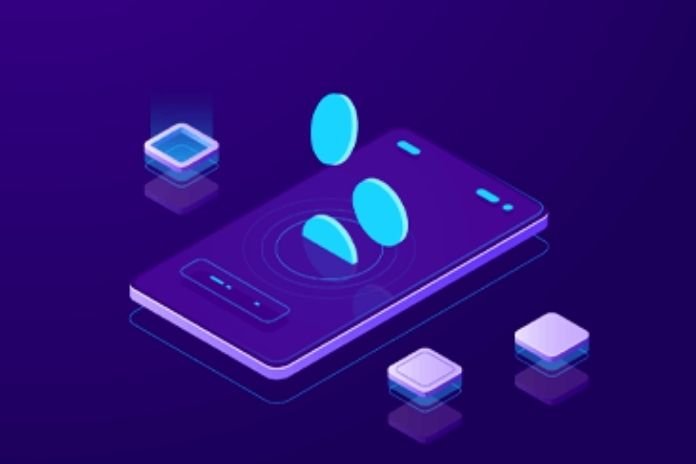Blockchain And Asset Tokenization In Business

Blockchain: Asset tokenization reconfigures businesses, products, and services, changing symbolic and financial values, even in the commodity market, understanding these assets, and managing them in blockchain projects.
We have already seen, in this column, that the solution of double-spending by blockchain technology made it possible to transfer the ownership of an asset in a digital environment through direct intermediation.
In today’s article, we will see some connection points between blockchains and digital assets, starting from examples in which such institutes connect to understand how asset tokenization is transforming the business world.
Blockchain Connection And Digital Assets
Tokens
Tokens are units that represent a digital asset on a blockchain and can serve not only as an exchange and payment but also to portray a physical or virtual object. A token, therefore, can represent everything: participation in a company, the right to use a service, ownership of a work of art, physical gold, among others. There is nothing better to understand a subject than a real case. Let’s look at the tokenization with physical gold, which profoundly and positively impacted the commodity market.
Tokens Versus Assets
Tokens are not to be confused with the asset itself. The ticket represents an asset; it serves as an instrument for its owner to file a claim against its issuance. On the other hand, digital assets (goods) are everything that exists in digital format and come with the right to use it. Data that do not have this right are not considered assets. Using the classification used by the OECD, we can divide digital assets into two broad groups: value-based digital assets and utility-based digital assets.
Value-Based Digital Assets
This first group, value-based digital assets, includes digital assets representing real-world value (digitized assets) and natively digital assets. “Digitized” assets: these are the tokens representing commodities, stocks, bonds, real estate, and all these things that can come from the digitization of “things and paper” and be placed in the digital world via blockchain.
Utility-Based Digital Assets
In this group of digital assets based on utility, which considers the utility of the assets, those representing institutional responsibility (such as CBDCs), those representing another value (such as stable coins), and crypto assets are included.
CBDCs: Central bank digital currencies gained prominence mainly after the 2016/2017 BIS annual report. As the topic is vast and a little outside our purpose here, whoever wants to delve deeper, I wrote a complete article on the subject, available here.
Stable coins: Another type of utility-based digital asset is “utility assets representing another value” because they represent financial obligations issued on a blockchain, secured by deposits in fiat currency at a bank or by short-term government bonds held in a custodian.
Crypto assets: are a class of utilitarian assets, which is very similar to the type of “natively digital assets,” but which, however, have as their main characteristic a utility, which is not only monetary (facilitating the calculation of decentralized applications, acting as fuel for transactions, etc.).
Other Digital Assets
This third group includes everything that does not fit the previous classifications, such as “digital twins,” digital identities, credentials, and copyrights. Digital twins: It has been widely used in the commodity market. And not only in the gold market, as mentioned above, but mainly in supply chains. Imagine a barrel of oil that its digital twin mirrors on a blockchain platform as it moves through the supply chain. The digital representation of this barrel (“digital twin”) accompanies it from the moment the oil is extracted, passing through the entire refinery and other stages of the chain, until finally its practical use.
Digital identity and credentials: will play a massive role in the metaverse. The Digital Economic Forum considers blockchain digital identities a prerequisite for the digital economy to give you an idea. In this vein, it is worth mentioning that the decentralized identity team at Microsoft launched in March 2021 “the network of decentralized identifiers ION on the main bitcoin network.” This network is a layer two technology similar to Lightning. Instead of focusing on payments, it uses the bitcoin blockchain to create Digital Identifiers for decentralized and verifiable online identity authentication. ION uses the same logic as bitcoin’s transaction layers to sign the identity. A public key and its associated private key verify that a user has an ID.
How Asset Tokenization Transforms Businesses
Global Tokenization Market Projection To 2027
The growth potential of digital assets was the main topic of a survey sponsored by the World Economic Forum, Deloitte, and McKinsey. The global market for blockchain tokenization is expected to reach 24 trillion dollars in 2027.
It is fascinating how blockchain integration in the asset trading space changes its pace and scale. For example, in the projection for the year 2027, the report points to the emergence of more classes of digital assets, representing a reality where the most significant type of assets in the digital sphere may not even exist yet.
Tokenization Of Everything
With a detailed understanding of what tokenization means and how it works, the possibilities in the business world are virtually endless. The key to understanding the true potential of tokenized assets always starts with a detailed look at the concept itself.
